Types and Characteristics of Distortion in Audio Power Amplifiers
The audio power amplifier is a crucial device utilized to drive speakers and reproduce sound. It is an integral component found in all electronic products that produce audio. Its primary function is to amplify the smaller audio signal, increasing its power, and ultimately delivering it to the speakers.
The pre-amplification stage is primarily responsible for amplifying small signals. It achieves this by utilizing a non-inverting amplifier circuit to amplify the voltage of the input audio signals. This stage prepares the signal for the subsequent stages.
The latter stage of the amplifier focuses on power amplification. Its primary objective is to amplify the signal to a level that can effectively drive the speakers and produce the desired audio output. This stage ensures that the necessary power is provided to the speakers to deliver the intended sound.
1. What is Power Amplifier Distortion?
Distortion is a phenomenon that occurs when the amplitude, phase, and waveform shape of the output signal deviate from their proportional relationship with the input signal. In the context of audio power amplifiers, distortion can be categorized into electrical distortion and acoustic distortion. Electrical distortion is caused by the circuitry, while acoustic distortion is caused by the speakers in the sound reproduction system. Electrical distortion can further be classified into harmonic distortion, intermodulation distortion, and transient distortion. On the other hand, acoustic distortion mainly refers to the distortion of the audio interface. Distortion can also be categorized as linear distortion and nonlinear distortion based on its nature.
Linear distortion specifically refers to changes in the amplitude and phase relationship between the frequency components of a signal, resulting in distortion of the waveform's amplitude and phase. It is characterized by the absence of any new frequency components being generated.
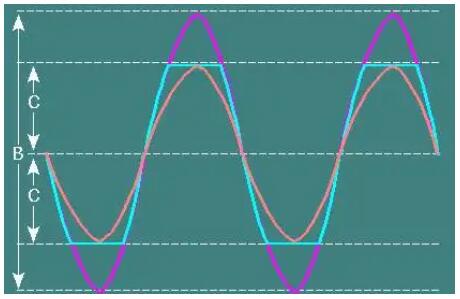
Figure 1
Figure 1 illustrates an example of linear distortion.
Nonlinear distortion, on the other hand, occurs when the signal waveform is distorted, leading to the generation of new frequency components.
2. Types of Audio Power Amp Distortion
The main points of distortion produced by audio power amplifiers are as follows:
2.1 Harmonic Distortion (THD)
Harmonic distortion is caused by non-linear components in the circuit, which generate new frequency components (harmonics) that affect the original signal. This distortion results in a waveform that is inconsistent with the input signal. Harmonic distortion is characterized by an increase in harmonic components in the output signal compared to the input signal. It is related to the frequency of the signal, with the distortion being the smallest at a frequency of 1000Hz. Harmonic distortion occurs due to resonance phenomena in speakers, where harmonics and frequency multiplier components are generated alongside the original sound signal. While some harmonic signal components are allowed in speakers, they should not significantly impact the output of the fundamental frequency signal. Total harmonic distortion (THD) is usually expressed as a percentage, with lower values indicating better quality equipment. However, certain electronic tube devices may have high THD, while transistor devices generally have low THD.
2.2 Intermodulation Distortion (IMD)
Intermodulation distortion is produced by active devices in the circuit, such as transistors and tubes. It occurs when two or more signals of different frequencies pass through an amplifier or speaker, resulting in the generation of beats and new frequency components. Intermodulation distortion is unrelated to the original signal and can be detected by the human ear. The measurement technique for IMD involves using two sine waves as excitation signals, and the resulting distortion includes countless combined frequency components. The order of the distortion terms is determined by the sum of the positive integers m and n. To reduce intermodulation distortion, electronic frequency division can be employed to limit the working bandwidth of the amplifier circuit or loudspeaker. Additionally, choosing a tube or circuit structure with good linearity can help minimize distortion.
2.3 Transient Distortion
Transient distortion, also known as transient response, reflects the power amplifier circuit's ability to track and reproduce transient signals. It can cause a lack of level or transparency in music reproduction. Transient distortion has two forms of expression:
A. Transient Intermodulation Distortion (TIM): When a pulsed transient signal is input, the output voltage may not immediately reach the proper level due to circuit capacitance and the delayed response of the negative feedback circuit. This can lead to clipping and distortion, known as transient intermodulation distortion. It is more prominent in transistor-based amplifiers. To reduce TIM, the gain should be controlled within the delay time of the negative feedback amplifier. Multistage negative feedback can also be used to minimize TIM.
B. Distortion Caused by Too Low Conversion Rate: Low-level input pulses can cause distortion if the amplifier's response time is too long. The amplifier may not be able to keep up with the rapid changes in the input signal, resulting in transient distortion caused by a low conversion rate. This distortion reflects the amplifier's response speed to the signal. Amplifiers with low distortion have excellent sound quality resolution, layering, and positioning.
2.4 AC Interface Distortion
AC interface distortion is caused by the back electromotive force (EMF) of the speaker, which is the electric potential generated when the speaker's vibrating diaphragm cuts through magnetic lines of force. This feedback to the circuit can introduce distortion. To reduce AC interface distortion, the output impedance of the circuit should be minimized, a suitable speaker with a reasonable damping coefficient should be chosen, and the internal resistance of the power supply should be reduced.
3. Conclusion
Different types of audio power amplifiers exhibit different sound characteristics due to the differences in their circuitry. Transistor power amplifiers are prone to odd harmonic distortion and transient intermodulation distortion, resulting in a cold, straightforward, burr-like, or metallic sound. On the other hand, tube amplifiers produce a warm, thick, and stretched sound. Currently, electronic tubes are still considered the active amplifier devices with the best linearity and the least inherent distortion, surpassing transistors in this aspect. However, it should be noted that the total harmonic distortion (THD) of tube power amplifiers is several orders of magnitude higher than that of transistor power amplifiers. This is mainly due to the challenge of incorporating sufficient negative feedback to enhance the linearity of tube amplifiers. Most of the non-linear distortions in tube amplifiers are even harmonics, which are generally pleasing to the ears but can be perceived as pleasant. In contrast, transistor power amplifiers utilize extensive negative feedback loops to greatly improve linearity. To ensure stability, a compensation capacitor is introduced as the main pole, but this may result in poor transient response. With technological advancements, the sound quality of integrated chip audio power amplifiers has been steadily improving and has even surpassed the performance of the aforementioned types of amplifiers. Integrated chip amplifiers also offer advantages in terms of size, cost, and application versatility.
4. FAQ
1. What is power amp distortion?
Power amp distortion occurs when the power section of an amplifier is overloaded or distorted. Once the signal passes through the preamp section, it is then sent to the phase inverter and out to the power tubes of the amplifier.
2. Why is my amp distorting?
You can create distortion by increasing the volume of your guitar and setting the input gain high on your amplifier. This combination of volume and preamp gain causes the signal to exceed the voltage capacity, resulting in sound wave clipping and distortion.
3. Is amp distortion better than pedal distortion?
Distortion pedals are considered more versatile as they offer more parameters to shape your desired sound. However, some inexpensive pedals may produce unnatural sounds. On the other hand, valve amp distortion generally provides a smoother and more well-rounded distortion.
4. How do I adjust the distortion on my amp?
To adjust the distortion on your amp, turn the knobs marked "gain" or "overdrive" all the way up. Then, adjust the other volume knobs to achieve the desired loudness. Once you have achieved heavy distortion, you can dial back the settings to find the tone you want. It's worth noting that some amps may not distort at low volumes.
5. Do amps have built-in distortion?
Not all guitar amps have built-in distortion. In fact, guitar amps can be categorized based on how they generate distortion.
6. Does the preamp reduce distortion?
Preamp distortion typically offers higher gain than power amp distortion and is more compressed and smoother, with higher sustain at lower volume levels. Vintage-style amps often sound best when driven into power amp distortion, and their preamps may not even be capable of distorting on their own.
7. Do tube amps need distortion pedals?
Most tube amps do not require distortion pedals, whether digital or analog. When an amp has both a dirty (gain) and a clean channel, you can dial in your desired distorted tones along with any clean sound you may want to use.
8. Can you use a distortion pedal without an amp?
Modern multi-effects pedals often have a jack where you can plug in speakers or headphones. This means you can play an electric guitar without an amp by using a multi-effects pedal. Simply plug your guitar into the pedal and connect headphones or speakers to the pedal.
9. What amps are good for distortion?
Here are the top 5 amps for creating clean and distorted sounds:
1) Orange Micro Terror
2) Blackstar HT1R
3) Peavey Vypyr VIP 1
4) Fender Champion 20
5) Marshall MG50CFX
10. Why is my audio distorted?
The most common reason for audio distortion is input overload, such as when a microphone is overloaded. Properly mic'ing an instrument or vocal requires more than just placing a microphone close to the sound source. Distorted sound can be resolved by increasing the distance between the sound source and the microphone.
Recent Posts


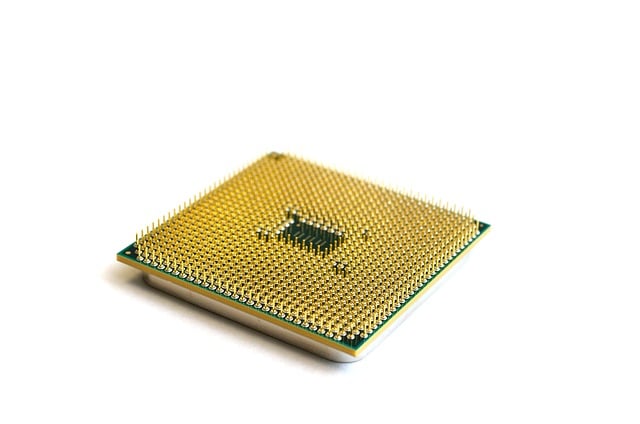
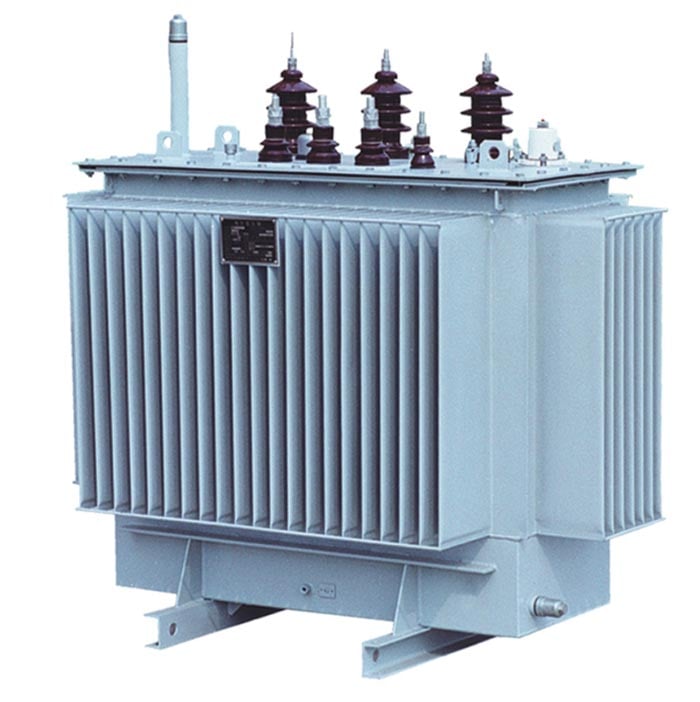
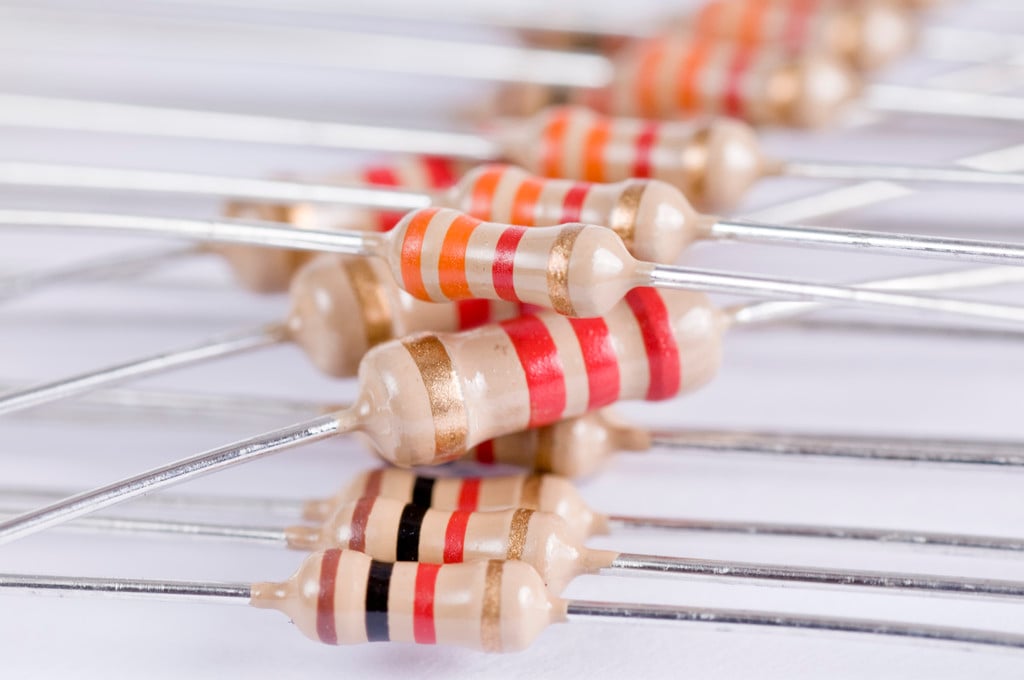
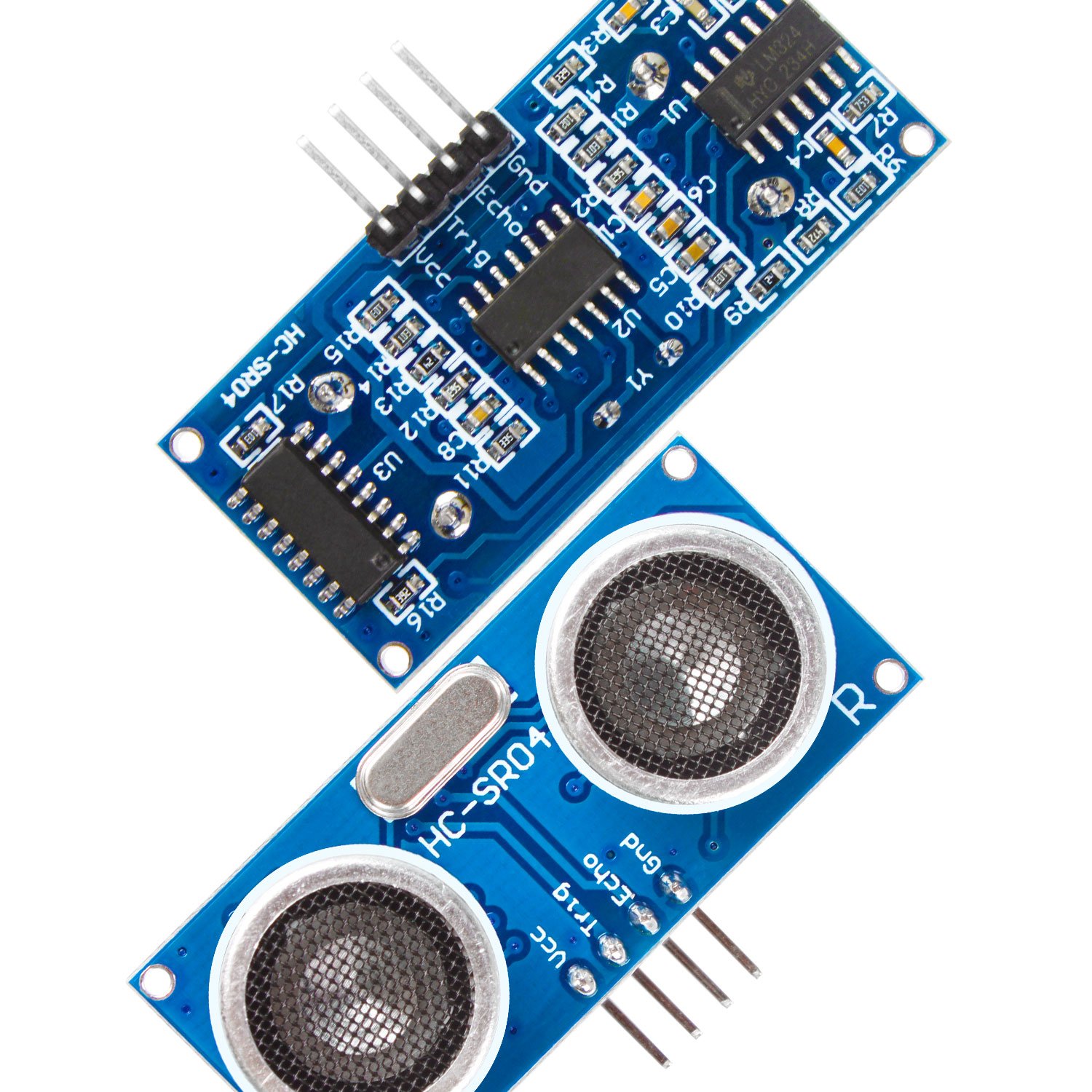
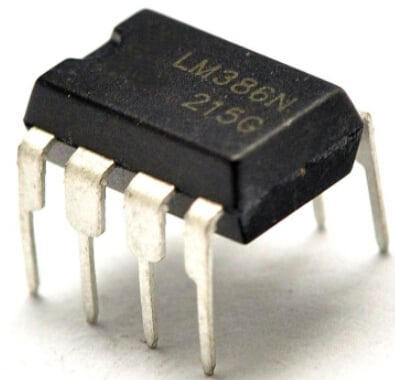

Company
About UsContact UsTerms & ConditionsPrivacy StatementPayment,Shipping & InvoiceRefund & Return PolicyWarranty PolicyFrequently asked questionHolidays for Chinese Mid-Autumn Festival and National Day in 2023
